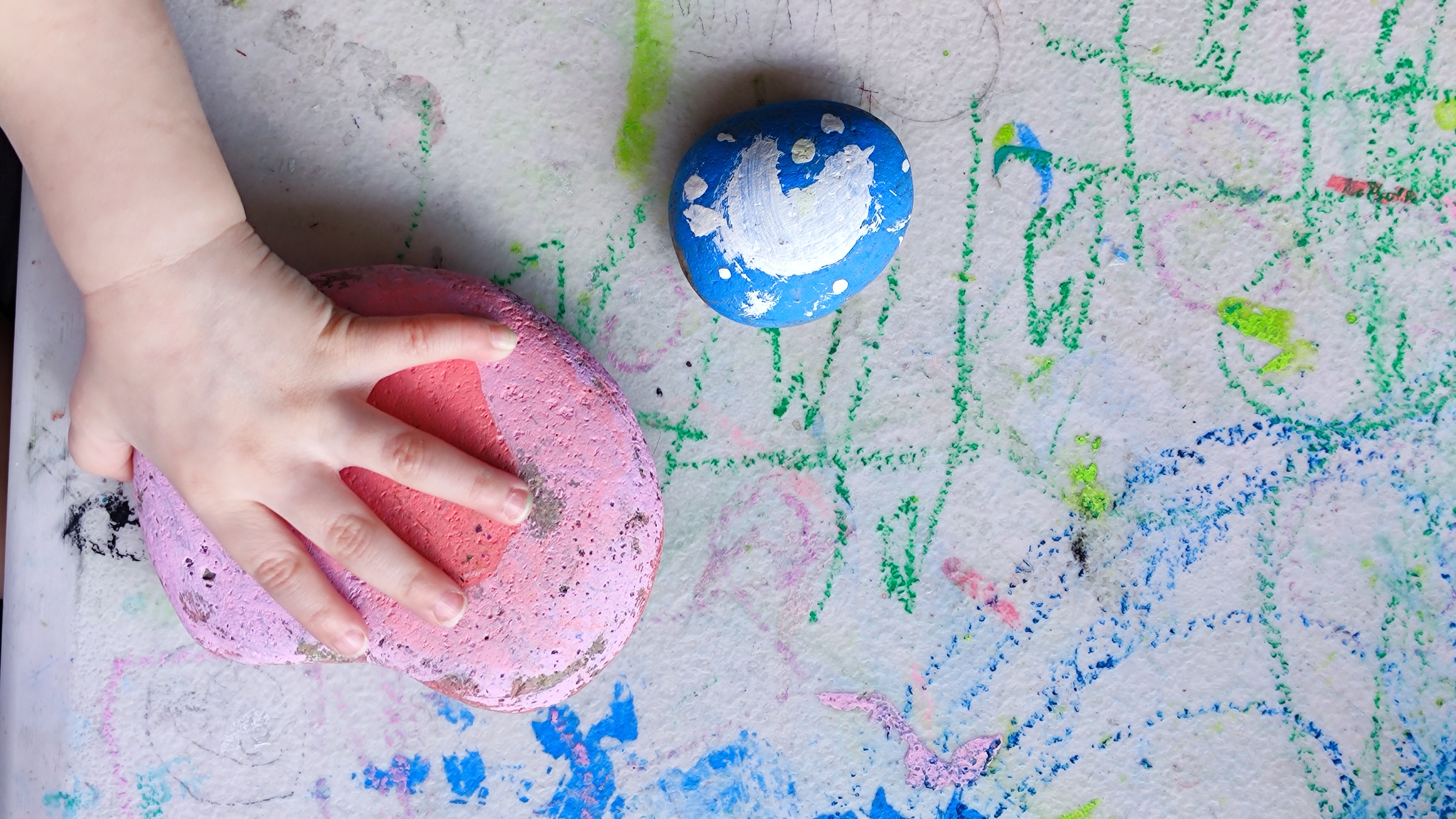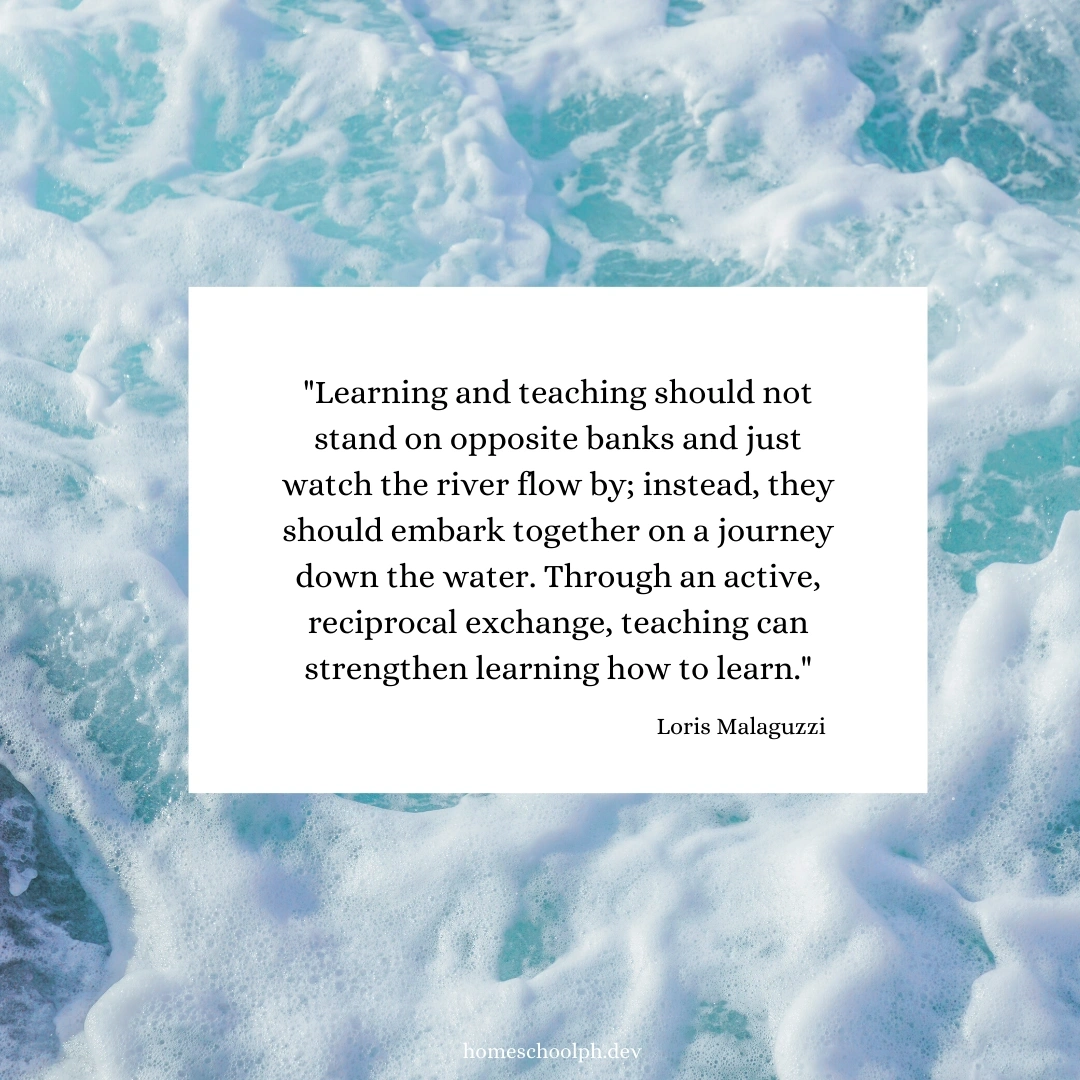Teaching very young kids is not just important because they learn how to recognize shapes and sound out letters. Their experience with early education is foundational because it can also shape a child’s attitude towards learning. This is the reason why there are many teaching philosophies that take the interests of the child into consideration, like the Reggio Emilia approach.
What is the Reggio Emilia approach?
In this method, the child is seen as an individual who is curious about their environment and he or she has the power to learn from it. As such, teachers should provide children with opportunities through child-centered strategies.
The Hundred Languages
The Reggio Emilia approach can be summarized in “the hundred languages,” which is the belief that children use more than verbal skills in communicating. Children can also express themselves through art, physicality, relationships, and as the founder, Loris Malaguzzi wrote, “and a hundred, hundred more.” Educators liken it to Howard Gardner’s concept of multiple intelligences.
There are four principles that characterize this approach. The first is the emergent curriculum, which is derived from the things that interest the children. Through observation and talking to the child and his or her family, the teacher decides on the projects that will best stimulate the child in class.
The next principle in the Reggio Emilia approach is in-depth projects. These projects are done over long periods of time. Depending on the need, they can even last the entire school year. The teacher does not direct how the child will do the project, but instead act as an advisor.
Representational development is another trait of the Reggio Emilia approach. New ideas should be presented in different ways to children. For example, stories, music, and puppetry can be used in lessons. The reasoning behind this is that the variation gives children more opportunities to understand and connect with the concepts being taught.
Finally, collaboration is essential in the cognitive development of a child. Children should work with others to develop interpersonal skills.
Reggio Emilia for Homeschoolers
What is the Reggio Emilia approach like when homeschooling? First, the Reggio Emilia approach does not believe in teachers dictating what should be happening in class. Instead, the role of the teacher is a learning partner or facilitator. As a homeschooler, you should learn alongside your child and also be immersed in the learning process as a guide. You should also observe the growth of your child and keep track of their improvements and evolving interests.
In this teaching philosophy, the classroom is often called “the third teacher.” The environment should contain learning materials that allow children to access them easily. You can provide books and manipulatives within reach for your child to encourage their exploration. The key is to keep things within eye level, so it piques their interest. Choose items that do not baby the child. For example, use real dishware and plants so children learn from using the real things.
In Reggio Emilia, documentation of the child’s progress is important. You can apply it to your family’s homeschooling journey by making portfolios for your children to document their growth. The Reggio Emilio way is also to use a variety of techniques. Use photos, videos, voice recordings, and other methods.
Choosing the right method for early education can be confusing because of the many different philosophies available. If you are on the lookout for a child-centered method that believes in the empowerment of the learner, then maybe Reggio Emilia is the one for you and your family.

